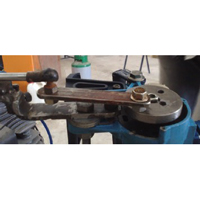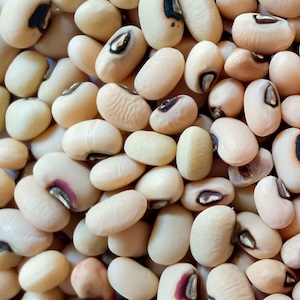Improving olive mechanical harvesting using appropriate natural frequency

All claims expressed in this article are solely those of the authors and do not necessarily represent those of their affiliated organizations, or those of the publisher, the editors and the reviewers. Any product that may be evaluated in this article or claim that may be made by its manufacturer is not guaranteed or endorsed by the publisher.
Authors
The good performance of olive mechanical harvesting by shaking depends on the suitable values of limb vibrator operating parameters (frequency and amplitude). Mathematical models of a single degree of freedom (S.D.F.M) and two degrees of freedom (T.D.F.M) were used to estimate the natural frequency (FN) of olive fruit stem system. The results from these models indicated that the FN values were 33.9, 31.9, and 28.0 Hz for the full mature stage, half-ripe olive, and full-ripe olive respectively. Branch vibrator was operated at three levels of frequency 25, 30 and 35 Hz and 3 levels of amplitude 25, 30 and 35 mm at a vibration time of 10 s. Measurements covered the fruit removal percentage (FRP) and degree of full-ripe fruit selectivity (DS). The results showed that the maximum FRP value, 90.6%, was achieved at a frequency of 35 Hz and amplitude of 25 mm while the maximum DS value, 78.58%, was obtained at 25 Hz frequency and 25 mm amplitude.












